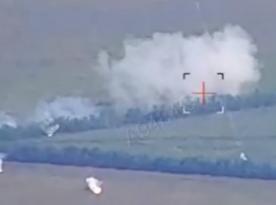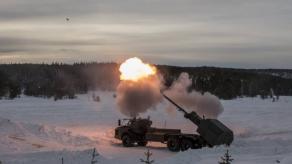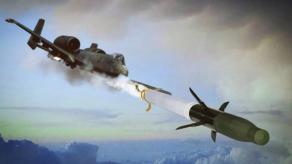Armies of NATO, especially in Europe, continue to ignore the emergence of FPV drones as a weapon class. Small, maneuverable, and explosive, a cheap mass-produced drone with simple camera and a munition, has overthrown the tables of the ongoing war between russia and Ukraine. Still, it remains not just unnoticed but outright ignored by NATO generals.
A Bundeswehr officer earlier explained such an approach from the perspective of security concerns, since the Alliance cannot allow any reliance on components procured from China. Sometimes, however, a completely opposite argument is mentioned within the discourse that FPVs are not worth taking seriously.
Read more: What Weapon Continues to Be Overlooked in the West, Although It Is Effectively Used in Ukraine
Well-known Polish military expert Jarosław Wolski wrote an in-depth analysis in a social media post, in which he delved into the issue of FPV drones' application. The link to the original text below.
Czy to początek nowej ery w wojskowości? Nadciąga czas dronów zwalczających kolumny pancerno-zmechanizowane a kończy się era czołgów? Oczywiście nie. A dlaczego przeczytacie niżej. Polecam uwadze: @KosiniakKamysz @pawelbejda @CTomczyk @wieslawkukula @AgencjaUzbr… pic.twitter.com/3pxbkQrXKw— Jarosław Wolski (@wolski_jaros) February 3, 2024
Defense Express would like to start a debate on this matter. Because if we put things briefly, the main point of Wolski is that FPV drones are but a makeshift solution for a specific situation, i.e. a weapon for the poor.
"In civilized NATO armies fighting in-depth, what the Ukrainians and russians are trying to do with hundreds of drones would be done by one F-16 with a CBU-97 cluster bomb, a battery of four M109 with SADARMs firing 16 SADARM missiles, or 2–4 Ah-64Es firing 16–32 Hellfire II/JAGM. Or even our Otokary-Brzoza with Brimstone II. Whatever would still crawl up to 1–5 km from FEBA (Forward Edge of the Battle Area - ed.) would have to be met with... something that Ukraine still almost does not have on a battalion scale: for a mechanized company, for example, with 24 EuroSpike/MELS or Spike ATGMs, and in the worst case, with the same number of TOW- 2Bs," the Jarosław Wolski wrote.
This fragment vividly illustrates the problem with understanding the realities of a battlefield during a war of attrition.
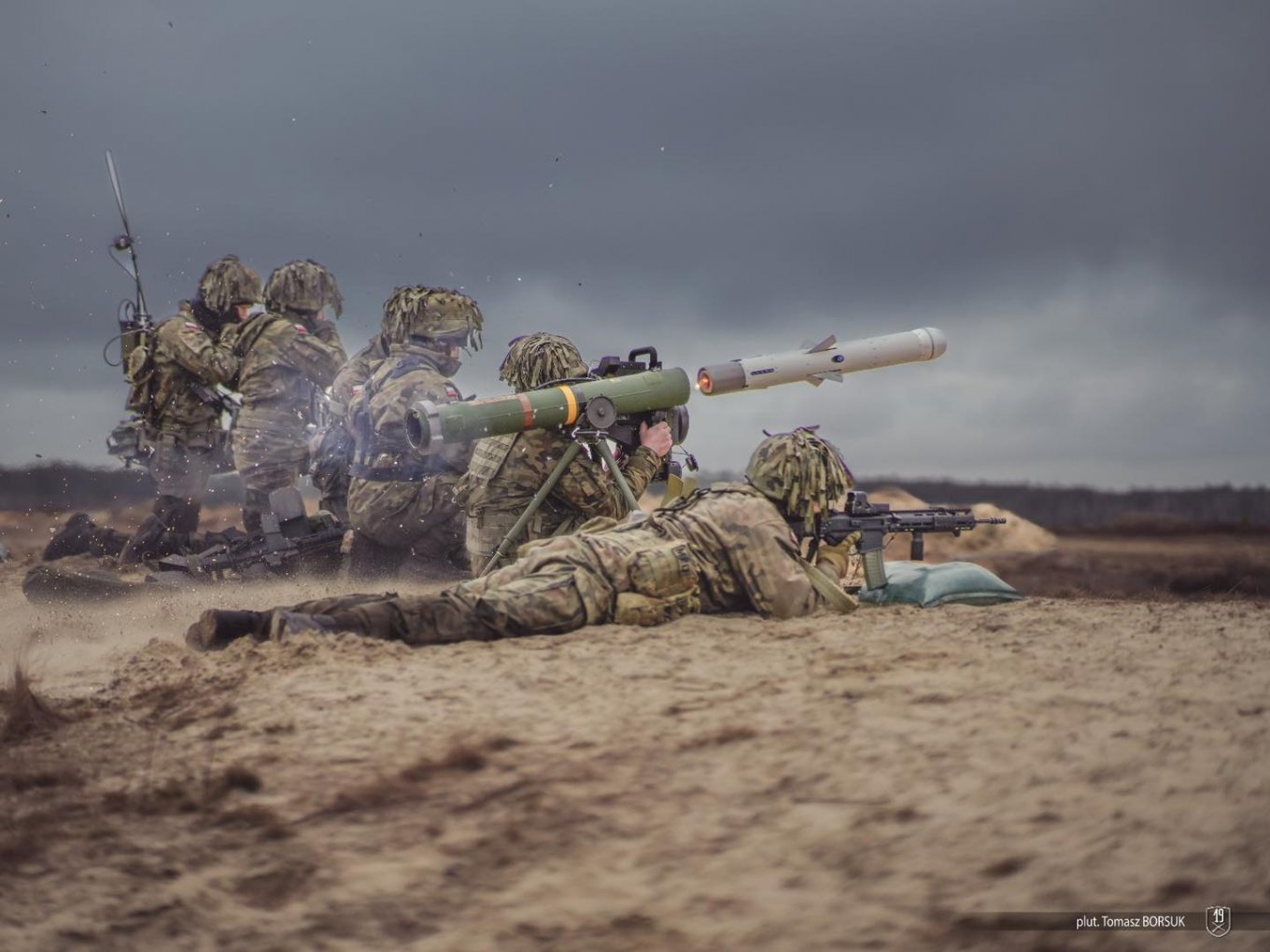
In order to launch CBU-97 free-fall bombs onto the enemy columns, an F-16 needs to enter the airspace controlled within the range of enemy air defense systems, which is only plausible in the event of achieving total air superiority. The fact that the Ukrainian Air Force denied such superiority to the russian forces at the onset of the invasion in 2022 with only 40 combat-capable aircraft against the overall 1,000 combat jets of the russian Aerospace Forces should at least make NATO think twice about the real prospects and timeframes of taking a decisive control of the airspace when faced against the russian federation.
The same issue also applies to the mentioned Ah-64E Apache attack helicopters because such conditions will significantly limit the scale of operations they can perform in hostile airspace. The method of utilization of these helicopters will differ from any other experience they had during previous wars.
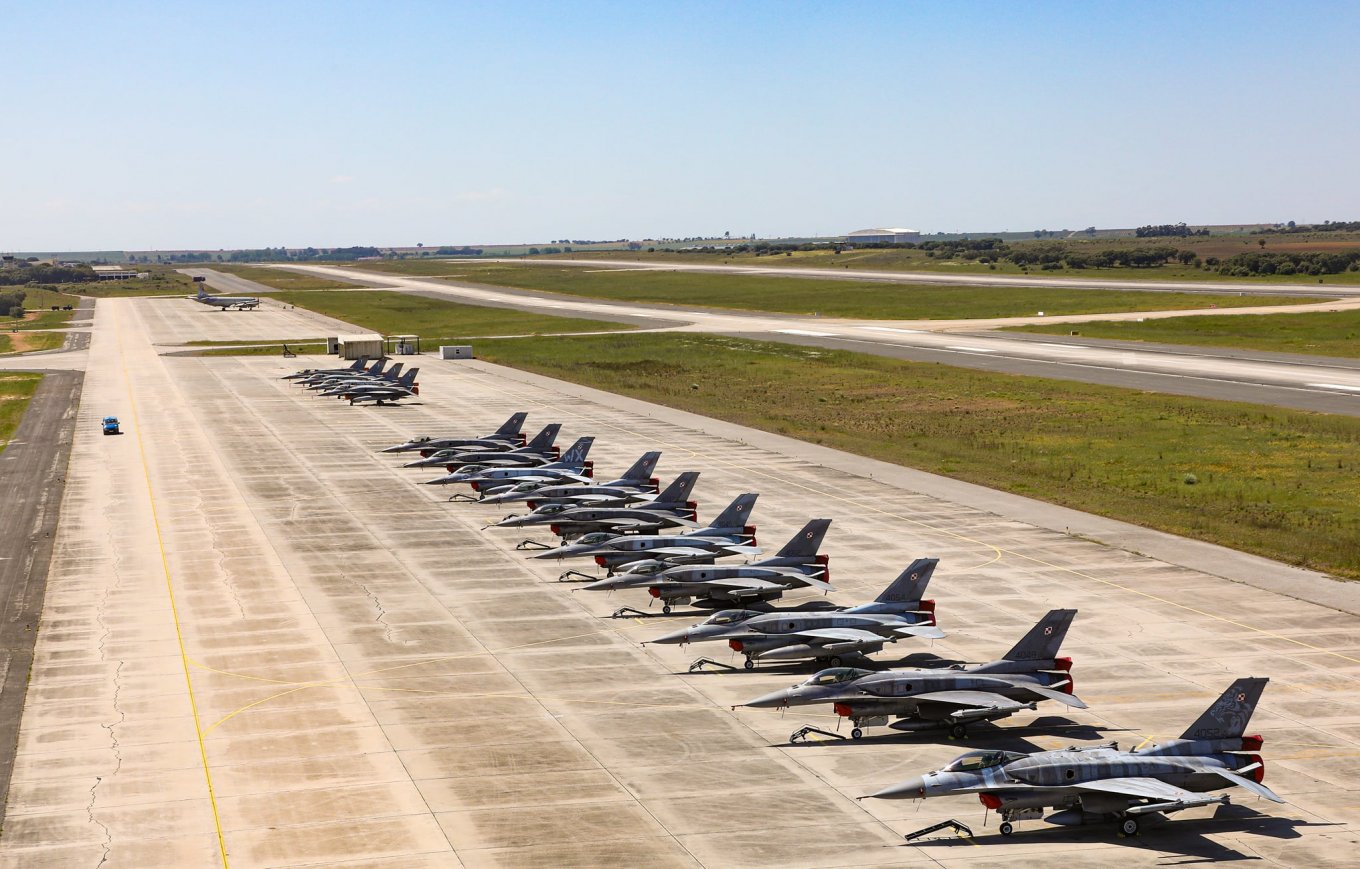
The point about only four howitzers needed to stop the offensive is interesting, too, especially combined with the mention of SADARM – an artillery shell with autonomously guided submunitions, similar in action to SMArt 155 or Bonus. While there is no doubt about the effectiveness of this kind of weapon, the more important factor here is the quantity of them stored in NATO warehouses and produced a month, so the shell supply keeps up with the enemy columns.
No less significant is the density of artillery coverage in European countries, and in Poland particularly, since Warsaw only has about a hundred 155mm artillery systems, even though is currently solving the shortage by procuring K9s from Korea. This many artillery pieces is actually relatively high in comparison to the rest of Europe, it is on par with the German Bundeswehr or the French Armed Forces.
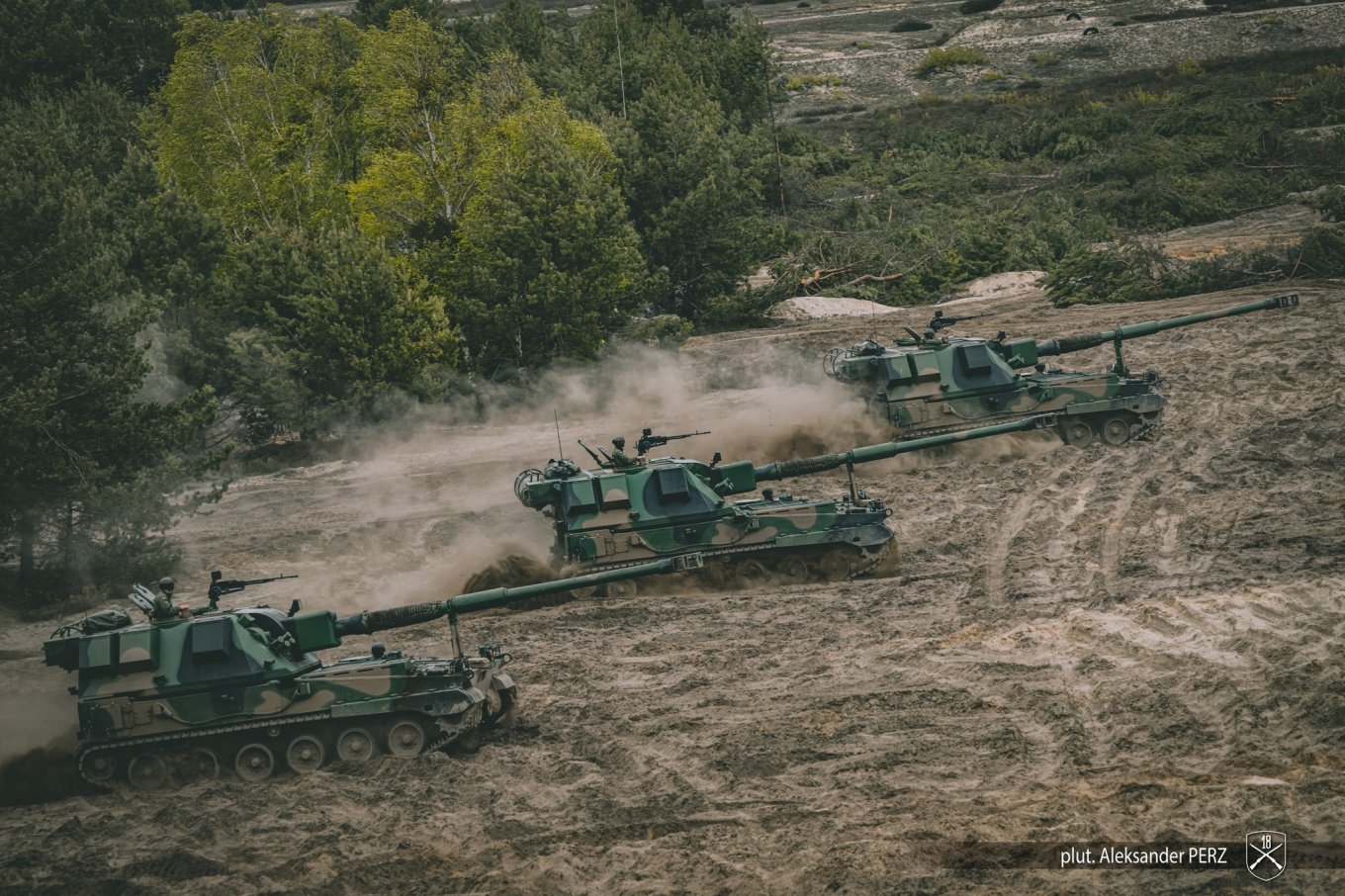
Another interesting point about Ottokar-Brzoza — a conceptually proper modern tank-killer, — but the first units are yet to arrive in the Polish army. Simply put, a great vehicle which is lacking in numbers. This is true for the Spike missiles it uses: the production of this weapon is so lagging that Warsaw had to procure and localize the Javelin ATGM.
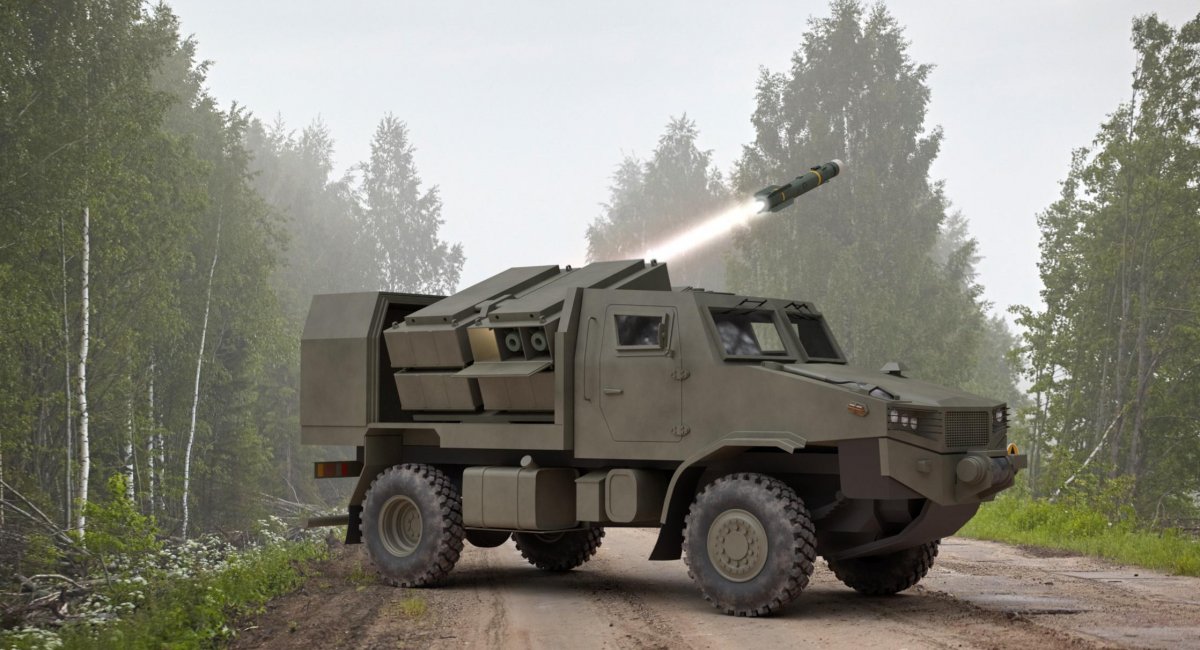
In summary, the main challenge posed by a war of attrition is not what type of weapon you choose to fight with during the first days or weeks of hostilities but what you will use at dawn of your third year of fighting non-stop. Ukraine found a solution in FPV drones, notwithstanding all their obvious drawbacks and imperfections. But apparently, NATO countries do not even consider a protracted war scenario at all because they deem it "impossible."
Read more: Ukrainian Company Aims for Kit-Oriented Supply of Tactical Attack Drone Units, and It's Interesting






